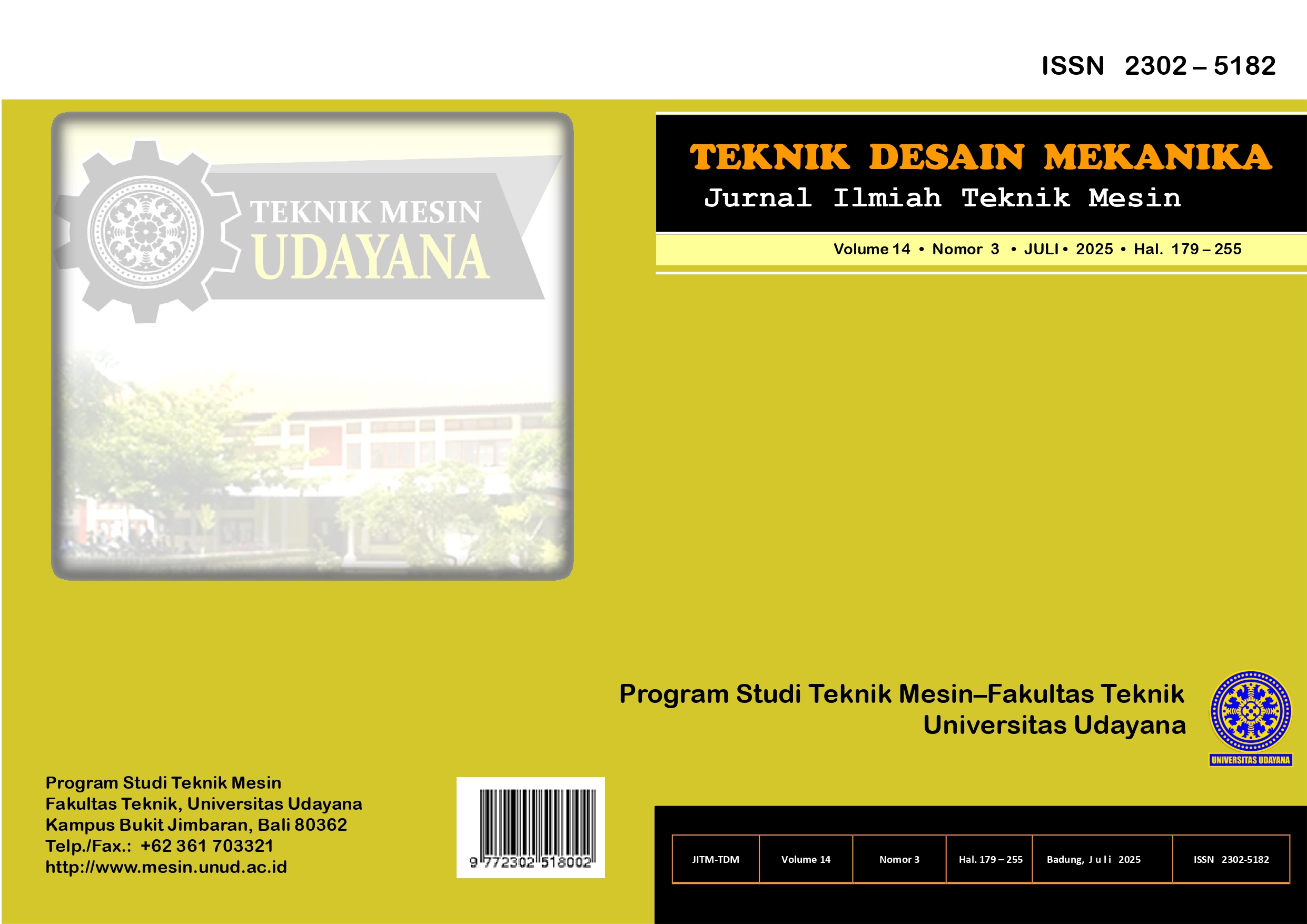A Study on the Biocorrosion Rate of Low Carbon Steel in a Tropical Marine Environment
Abstract
Safety issues resulting from metal corrosion cannot be ignored and seriously affect economic development.
among which marine corrosion accounted for 40% of the total corrosion loss, and microbiologically influenced
corrosion (MIC) is the most severe type of corrosion with the most complex influencing factors. Since the 20th
century, an increasing number of aircraft, ships, offshore oil and gas rigs, and other installations have been
exposed to the marine atmosphere. Carbon steel is extensively employed in various industries, including
shipbuilding and construction, owing to its favour able mechanical properties and cost efficiency This study
examines the resistance of low carbon steel to corrosion by varying tropical seawater into 2, namely fresh
seawater and sterilized by immersion carried out in the laboratory for 4 different time variations, namely for 1
month, 2 months, 3 months, 4 months. in this study found that testing using 2 different water variations produced
different results where testing using frest seawater experienced a greater corrosion rate than seawater that had
been sterilized This is caused by microorganisms that are still alive in frest seawater which affects the
occurrence of corrosion.


